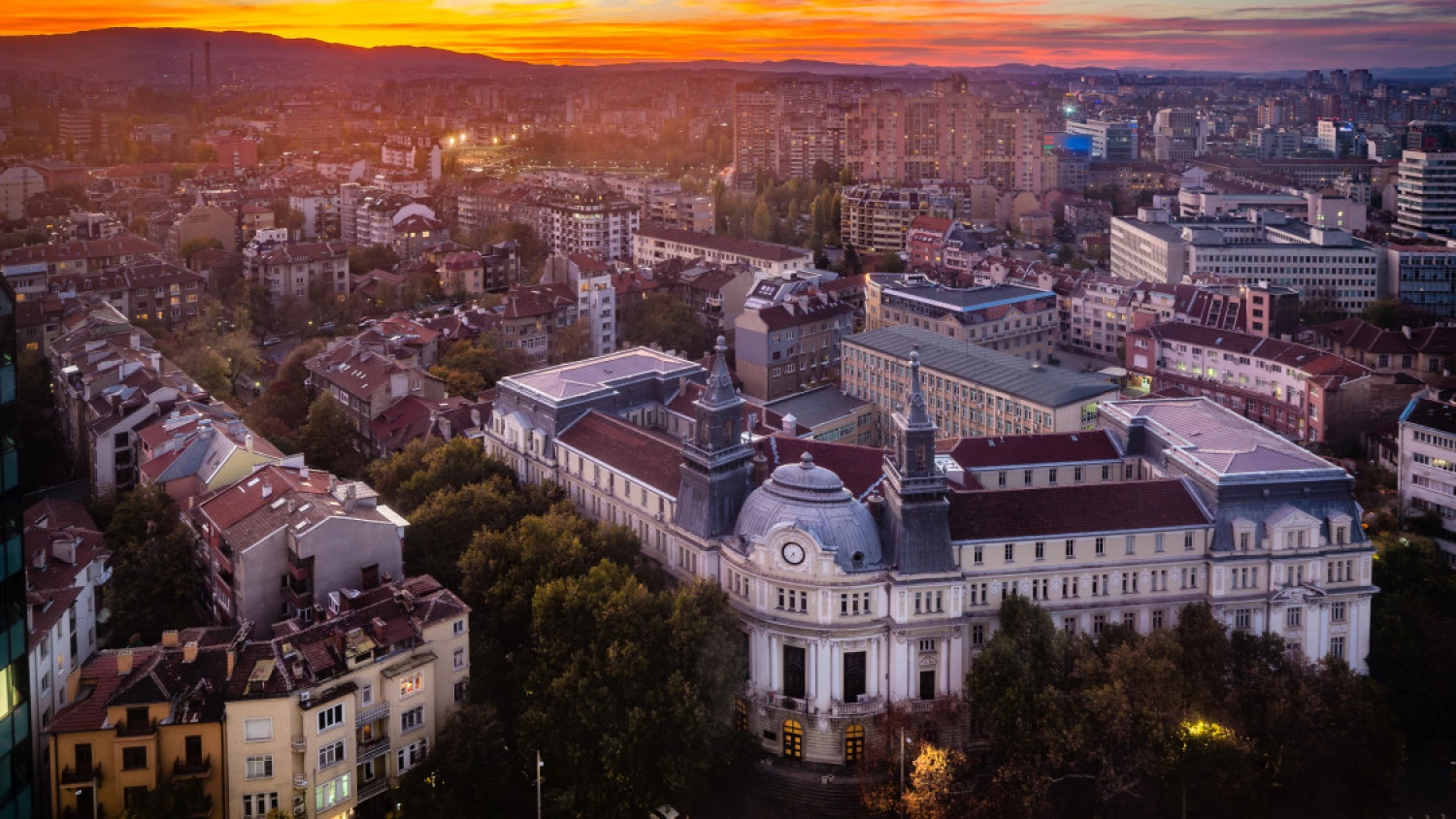
The Bulgarian housing market entered 2023 with a fragile balance between demand and supply. The market is calming down, after a hyperactive 2022, according to the stats, showcased by Address Real Estate in their annual analyses.
“Active, but calm and hardly predictable”, is how Gergana Tenekedjieva, Executive Director of the company, described the situation. The prices in the capital city of Sofia, have surpassed their peak and market activity has decreased by 15-20%.
Compared to 2019, when the demand was much higher, in 2022, the ratio is one buyer for one property, with less time for the purchase decision. During the last quarter of the year, 70% of the transactions in Plovdiv were made within a month after making a purchase decision. Although the transactions have cooled down, it's still early to expect the prices to decline significantly. Due to the inertia of the market, a possible downturn could begin in the smaller cities and they would be the first to feel a price drop if any.
In 2022, house prices have grown fastest in Varna – by nearly 32% on an annual basis, and the average price per square meter in the “Sea capital” is already above the threshold of €1000. The only other city in Bulgaria that crosses this threshold is Sofia, especially in neighbourhoods deemed prestigious. One-bedroom apartments are leading in buyer demand, usually sought for investment purposes.
Being reluctant to spend, because of the rising inflation, some people have withdrawn from the market, which led to a 10% increase in tenants. Around 30%, on the other hand, have opted to protect their savings by making a property investment. Experts are encouraging those who own enough savings, to proceed with purchasing a property for investment. Those who are not eligible for the bank requirements, to cover 20% of the initial costs, better keep waiting.
45% of the transactions last year were made without a mortgage loan, with Burgas leading the way in this indicator with over 70% of property purchases, unlike Sofia, where more than half of the transactions were with a mortgage, due to the higher prices. Nearly 20% of the transactions were realized with a loan covering between 81% and 100% of the property value.



